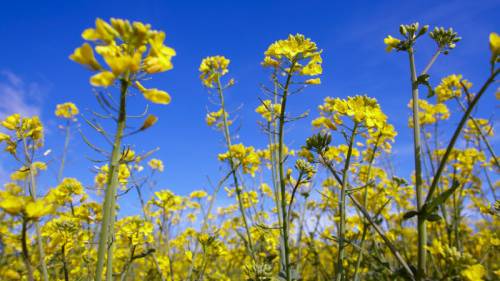DeLisi: Herbicides, Insecticides Imports Continue to Lag
The agrochemical industry continues to face a very cloudy outlook. While it appears that the market for imported fungicides is coming back, the demand for herbicides and insecticides continues to lag.
The updated Fanwood Chemicals’ Index, which includes import details for all formulated agrochemical imports in 3808.91, 3808.92, and 3808.93 is as follows:
June (000):
6/2018 6/2019 6/2020
3808.91 – insecticides $28,950 $24,685 $24,090
3808.92 – fungicides $31,704 $21,853 $38,832
3808.93 – herbicides $31,911 $22,464 $36,876
Year-to-date (000):
2018 2019 2020
3808.91 – insecticides $249,855 $196,016 $179,234
3808.92 – fungicides $251,463 $173,344 $250,278 #
3808.93 – herbicides $409,755 $290,956 $284,224
# Reduced by $10,000,000 as noted in the March report
Duty Suspensions: The U.S. International Trade Commission has closed the window for general comments. It reopened the window for further comments on petitions that were denied in June.
The U.S. Department of Commerce has issued its final report, which includes comments from U.S. Customs. The Department of Commerce is no longer accepting any input into this process.
U.S.-China Trade War: There were only four agrochemicals that were allowed exemptions from the Tranche 3 China 25% surtaxes, all of which expired on Aug. 7, 2020. Of the four, only paraquat has been extended until Dec. 31, 2020. Therefore, effective Aug. 8, 2020, the 25% surtax is again payable on clothianidin, diuron, and fosamine.
Surprisingly, there are no changes from last month in any of the other issues surrounding China surtaxes. While the rhetoric from the leaders of both the USA and China has been heated, it appears that “the guys in the trenches” are proceeding to try to make the Phase One agreement work! Therefore, the following U.S. tariffs against Chinese imports, impacting agrochemicals remain in place:
- Tranche 3: 25%. This rate was scheduled to be increased on Oct. 15 to 30%. That increase remains on hold at this time. The time period for requesting exclusion has elapsed. USTR is currently reviewing all requests that were made. According to the terms of the Phase One agreement with China, it is likely that these tariffs will be in place at least until a Phase Two agreement can reached. This will likely take at least six to eight months, maybe longer. Please plan accordingly.
- Tranche 4a: On Sept. 1, 2019, tariffs of 15% were imposed for products on this list. Exception requests window is open until Jan. 31, 2020. The 15% tariff for products in this tranche were cut to 7.5% on February 14, 2020. Please plan accordingly.
- Tranche 4b: On Dec. 15, 2019, tariffs of 15% were scheduled to kick in. These tariffs were held in abeyance because of the agreement on a Phase One deal. However, if there is any breakdown in this agreement, it is likely that these tariffs will be imposed on very short notice. Please plan accordingly.
If you don’t already have it, please ask for the list we prepared detailing our best efforts to sort out how this impacts individual agrochemicals. Also, if you don’t already have it, please ask for a copy of our report that details the status of exception requests in Tranches 3 and 4.
The U.S.-UK Free Trade Agreement: Continues to be on a fast-track. Please let me know if you are interested in any particular chapters that will become part of this agreement. If you like USMCA, you will likely also like this agreement.
U.S.-Kenya Free Trade Agreement: They have re-engaged after a lapse caused by a COVID outbreak in Kenya.
India: The U.S. and India continue to negotiate their differences. It now appears less likely that India will be given back its GSP beneficiary status in the near future.
GSP: It also needs to be noted that the entire GSP program expires at the end of this year. The administration has not yet decided if they will request a renewal of this program. Even if they decide to push for renewal, it is unlikely that it could be renewed on time. Therefore, you should plan for a lapse in this program, though traditionally, once renewed, they do allow for retroactive claw-back of any duties paid.
U.S./Japan Stage Two Free Trade Agreement: Work is ongoing.
USMCA: It came into force on July 1, 2020. NAFTA is now sunsetted. There are significant changes in the rules of origin that will likely have a positive impact on the business of chemistry, especially for Mexico’s exports to the U.S.
In addition, if you are buying or selling within the region, new certificates of origin need to be generated. Unlike NAFTA, there is no form, but there are a series of data points that need to be included in the certification. Like NAFTA, self-certification is acceptable, but records need to be maintained to be produced if challenged. The time to file such a protest is now. As expected, the USITC posted its final recommendations on Monday, Aug. 10, 2020.






